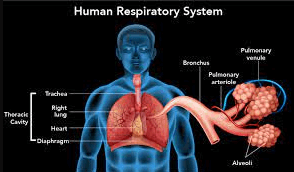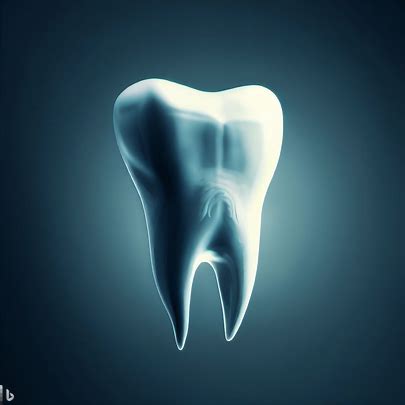Breathing Life into Lung Health: Exploring the Wonders of the Respiratory System
The human respiratory system is a remarkable and intricate network responsible for a fundamental aspect of life: breathing. With each breath, oxygen is delivered to our cells, and carbon dioxide, a waste product of metabolism, is removed from the body. The lungs, the central players in this vital process, are fascinating organs with complex structures and functions. In exploring the wonders of the respiratory system, we dive into the lungs’ anatomy, procedures, and importance.
The Anatomy of the Respiratory System
The respiratory system comprises a series of interconnected organs, but the lungs are its stars. These two spongy, cone-shaped organs are located in the chest and divided into lobes: three in the right lung and two in the left. The lungs are enclosed by the ribcage and protected by the pleura, a thin, double-layered membrane.
Breathing: A Complex Symphony
Breathing is a deceptively simple act, but its mechanics are complex. It involves the coordinated efforts of several structures, including the diaphragm, intercostal muscles, and the lungs. When we inhale, the diaphragm contracts and moves downward while the intercostal muscles expand the ribcage. This creates a negative pressure in the chest, drawing air into the lungs. Exhalation reverses this process, with the diaphragm relaxing and the intercostal muscles contracting to push air out.
Gas Exchange: The Lungs’ Key Function
The primary function of the lungs is gas exchange. In the tiny air sacs known as alveoli, oxygen from the inhaled air diffuses into the bloodstream, binding with hemoglobin in red blood cells for transport to cells throughout the body. Simultaneously, carbon dioxide, produced as a waste product of cellular metabolism, is released from the bloodstream into the alveoli and expelled during exhalation.
Respiratory Challenges and Diseases
The respiratory system can face various challenges and diseases that affect lung health. Asthma, a chronic condition, leads to inflammation and narrowing of the airways, making breathing difficult. Chronic obstructive pulmonary disease (COPD), often caused by smoking, reduces airflow and difficulty exhaling. Pneumonia, an infection of the lung tissue, can lead to inflammation and the accumulation of fluids. Lung cancer, one of the most common cancer types worldwide, arises from the uncontrolled growth of lung cells.
Lifestyle Choices and Lung Health
Maintaining lung health is crucial for overall well-being, and lifestyle choices play a significant role. Avoiding smoking and exposure to secondhand smoke is paramount, as tobacco is a leading cause of lung diseases and cancer. Regular exercise can help improve lung function and capacity. Additionally, maintaining good indoor air quality, staying hydrated, and practicing proper hygiene, such as frequent hand washing, can contribute to lung health.
Respiratory System and COVID-19
Recently, the world has faced the challenges posed by the COVID-19 pandemic. This viral respiratory illness primarily affects the lungs and can lead to severe respiratory distress. Understanding the importance of lung health has become more critical than ever, with vaccination, mask-wearing, and social distancing playing crucial roles in minimizing the spread of the virus.
Breathing Techniques for Lung Health
Deep breathing exercises and techniques such as diaphragmatic breathing can improve lung function and promote relaxation. These exercises can help individuals with respiratory conditions like asthma manage their symptoms and reduce stress, which can exacerbate breathing difficulties.
Conclusion
The human respiratory system, with its complex anatomy and functions, is a testament to the wonders of the human body. Breathing, a seemingly simple act, is essential for delivering oxygen to our cells and removing waste carbon dioxide. Protecting lung health through healthy lifestyle choices, avoiding smoking and staying informed about respiratory diseases is vital to ensure a long and healthy life. As we continue to navigate the challenges of respiratory illnesses, including the ongoing fight against COVID-19, understanding the importance of lung health is more critical than ever.







